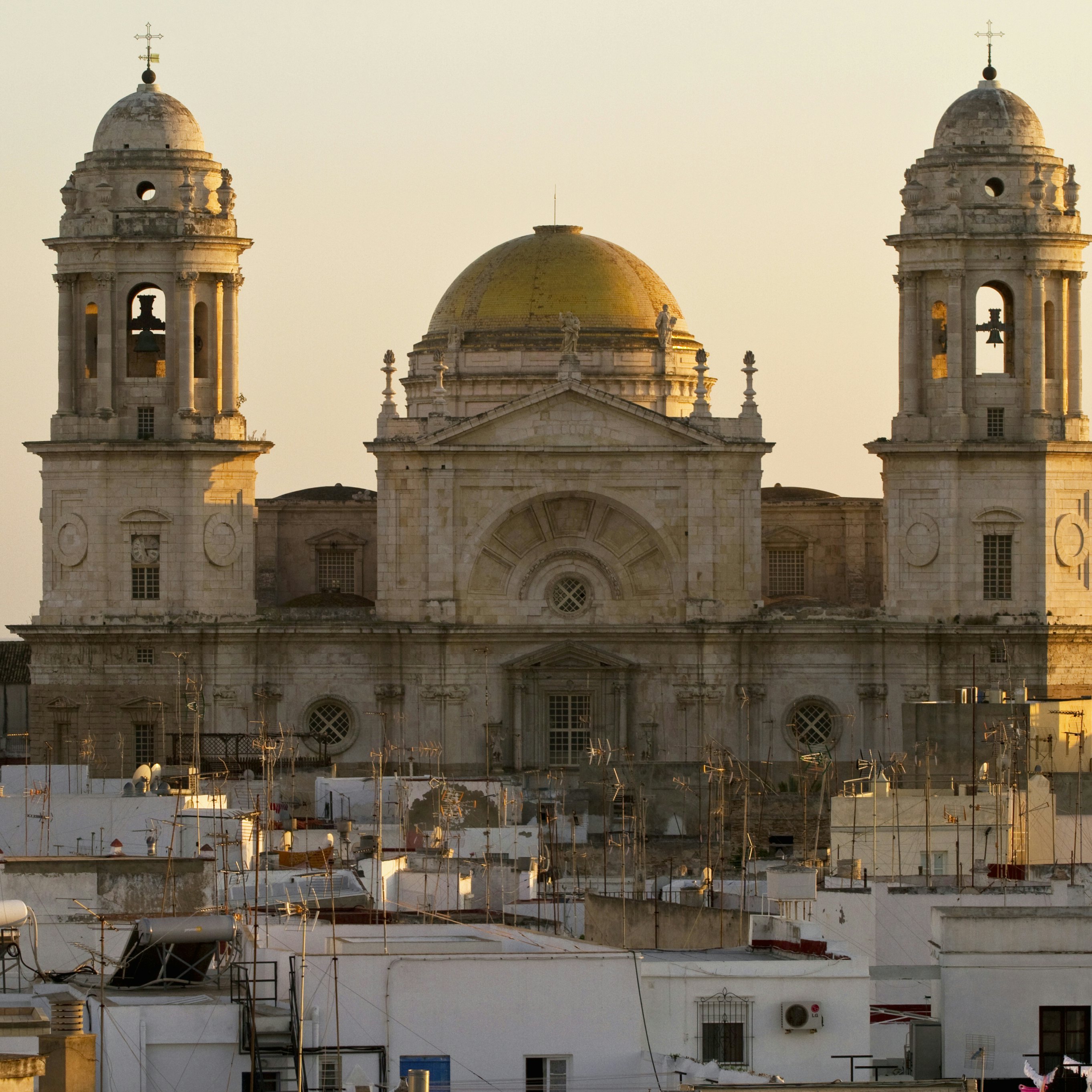
Overview
You could write several weighty tomes about Cádiz and still fall short of nailing its essence. Cádiz is generally considered to be the oldest continuously inhabited settlement in Europe, founded as Gadir by the Phoenicians in about 1100 BC. Now well into its fourth millennium, the ancient centre, surrounded almost entirely by water, is a romantic jumble of sinuous streets where Atlantic waves crash against eroded sea walls, cheerful taverns fry up fresh fish and salty beaches teem with sun-worshippers.
Meet your new travel partner
Stay connected in Cádiz
Unlimited data while you travel with Holafly eSIM. Use code LONELYPLANET for an exclusive discount.
Must-see attractions
Planning Tools
Expert guidance to help you plan your trip
Best Things to Do
Cádiz makes a perfect first stop on a tour of Andalucía. Here are the city's top things to do.
Read full article
Best Places to Visit
The white towns of Cádiz province are strung together with a lovely lineup of culture, architecture, food and history. Here's where to explore first.
Read full article
Get a book. Get inspired. Get exploring.
in partnership with getyourguide

















